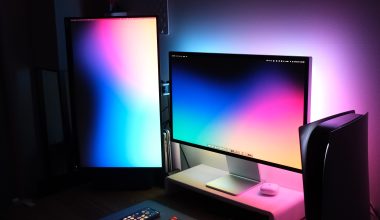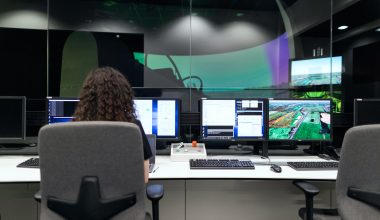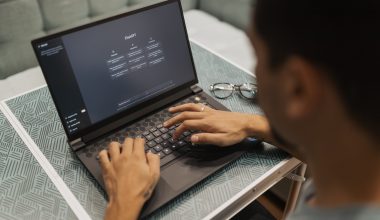Artificial intelligence has revolutionized the way we create and edit images. With AI-powered tools, you can easily enhance your photos, transform them into stunning artwork, or even generate brand new images from scratch. But with so many AI-based image creation options available today, it can be overwhelming to decide which one to use.
In this article, we’ll take a closer look at everything you need to know about creating images with AI. From photo editing software that uses machine learning algorithms to generate realistic results, to deep learning models that allow you to turn sketches into high-quality illustrations and paintings – we’ve got you covered!
AI and its role in image creation
One of the biggest advantages of AI in image creation is its ability to generate high-quality images quickly and efficiently. With AI algorithms, it’s possible to create realistic images that would otherwise take a lot of time and effort to produce manually. Moreover, AI tools can learn from existing data sets, allowing them to improve over time and produce increasingly accurate results.
Another benefit of using AI in image creation is the ability to automate repetitive tasks such as cropping, resizing, or color correction. This frees up designers’ time so they can focus on more creative aspects of their work rather than tedious tasks that can be handled by machines.
Overall, AI has revolutionized the way we create and manipulate images. From generating complex visualizations to automating mundane tasks, it has made design more accessible and efficient than ever before. As technology advances further, we can only expect this trend to continue with even more exciting developments on the horizon.
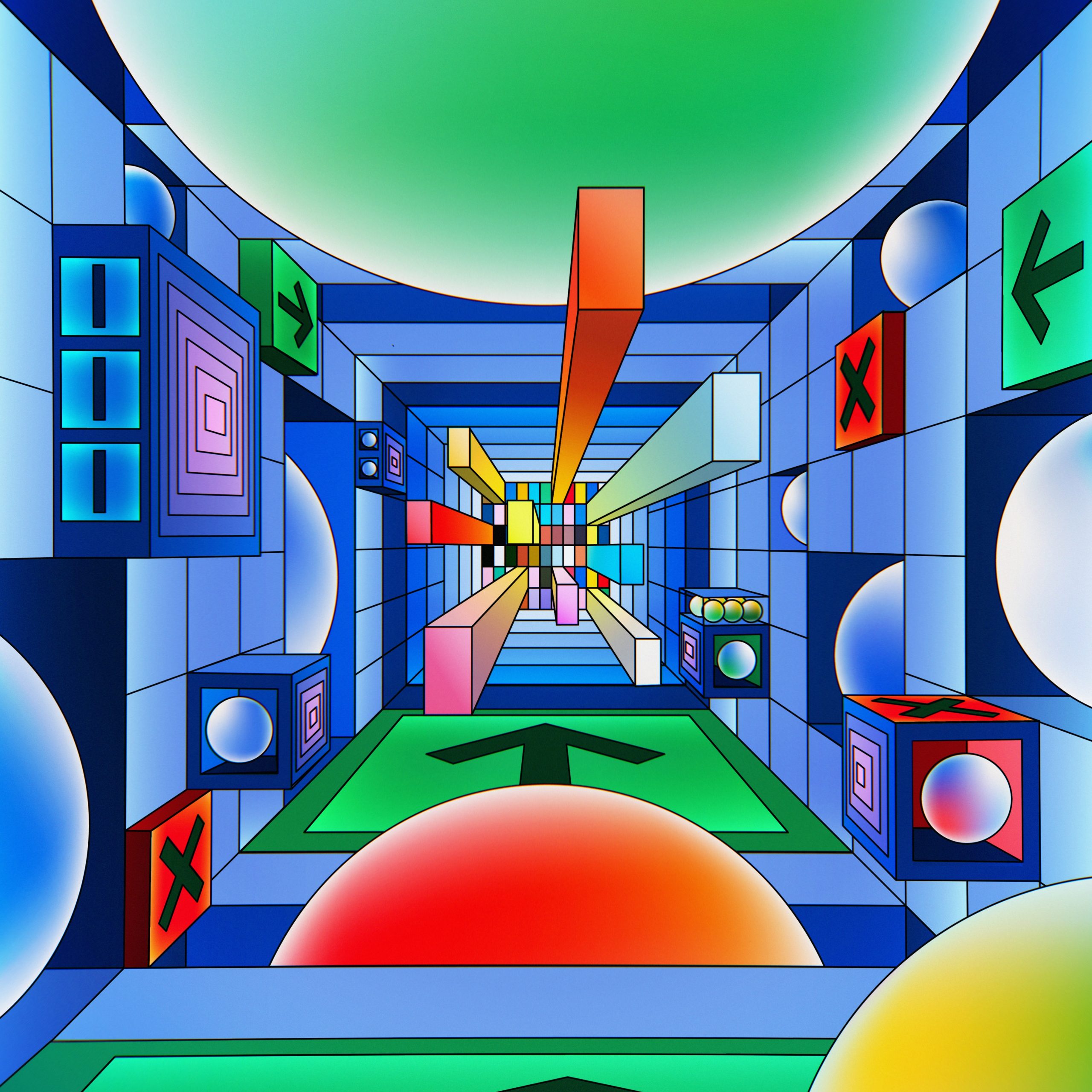
Understanding the basics: Image processing 101
Image processing is the use of mathematical algorithms and techniques to manipulate digital images. At its core, it involves taking an input image and performing various operations on it to enhance or modify it in some way. These operations can range from simple tasks like resizing or cropping an image, to more complex ones like removing noise or sharpening edges.
One of the key goals of image processing is to extract information from images that can be used for further analysis or decision-making. This might involve segmentation, which is the process of dividing an image into distinct regions based on certain criteria, such as color or texture. Other common tasks in image processing include feature extraction, object recognition and tracking, and pattern recognition.
Overall, understanding the basics of image processing is essential for anyone working with digital images today – whether you are a software developer building AI applications that rely on computer vision, a data scientist analyzing large datasets of images for insights and trends, or simply someone who enjoys taking photographs and wants to learn how to edit them using advanced tools and techniques.
AI-powered image generation tools: Overview of popular options
AI-powered image generation tools have become increasingly popular in recent years, with a wide range of options available to choose from. One such tool is Deep Dream Generator, which uses deep learning algorithms to transform photos into unique and surreal works of art. This platform allows users to upload their own images and customize the parameters to generate diverse outputs.
Another popular option is Canva’s Magic Resize feature, which uses AI-based technology to automatically resize images for social media platforms without losing quality or resolution. This tool has made it easier for users to create optimized content for various social media channels without having to manually adjust each image size.
Lastly, NVIDIA’s StyleGAN2 is an advanced AI-powered image generator that can create realistic-looking faces that do not exist in reality. It generates high-quality images by learning from real-life examples and then creating new ones using a combination of those learned features. StyleGAN2 has been used in various industries such as fashion, gaming, and marketing due to its ability to produce visually stunning results quickly and efficiently.
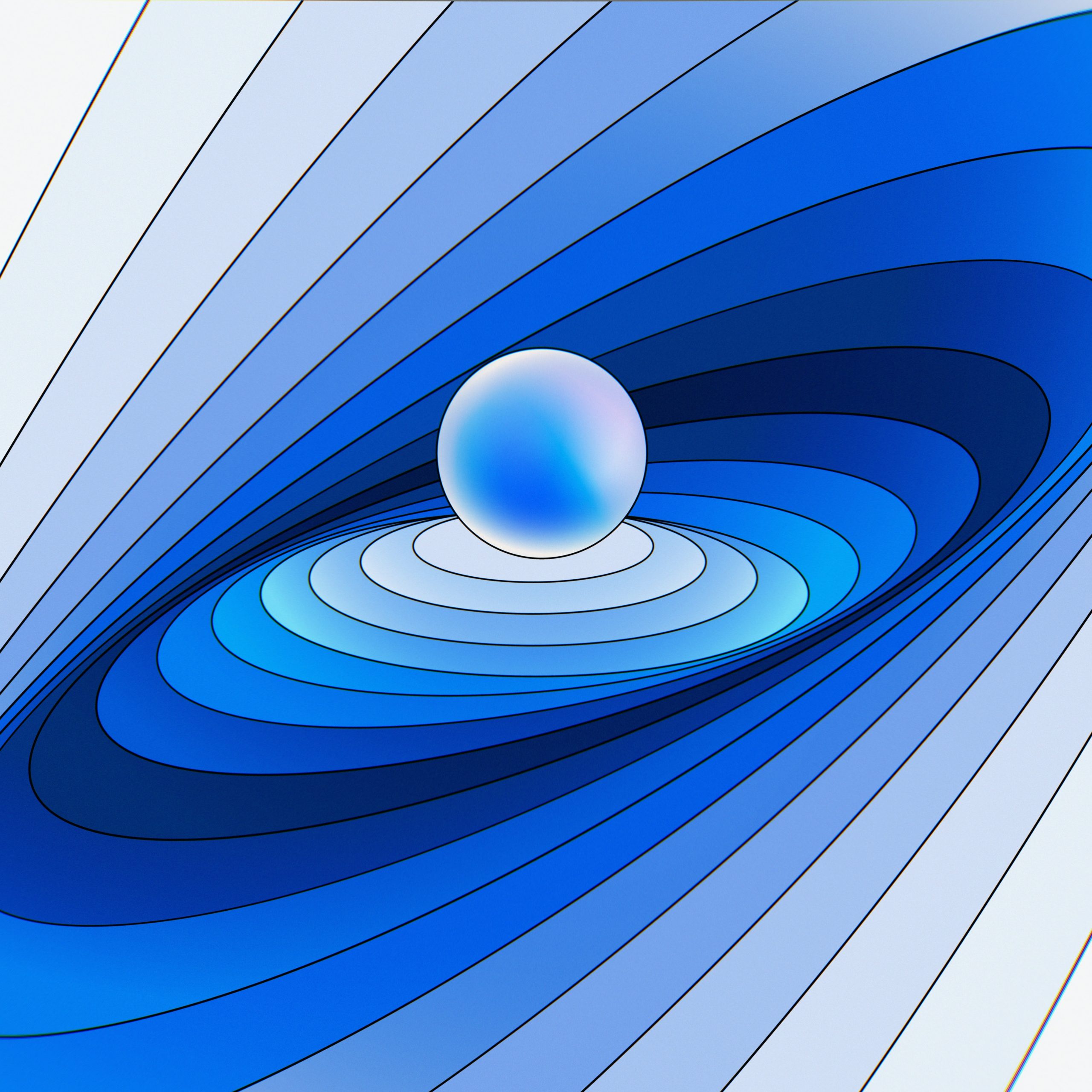
How to get started with AI-generated images: Step-by-step guide
Step 1: Choose an AI image generation tool that suits your needs. There are many options available, such as Artbreeder, Deep Dream Generator, and GanBreeder.
Step 2: Once you have chosen a tool, create an account or sign up for the service. Some tools may require payment or offer premium features for subscribers.
Step 3: Familiarize yourself with the interface of the AI image generation tool you have chosen. Many tools have tutorials or help sections to guide users through the process.
Step 4: Upload an image or select a starting point from the tool’s library to generate a new image.
Step 5: Experiment with different settings and parameters to achieve desired results. Most tools offer customization options such as color schemes, textures, and object placement.
Step 6: Save your generated images and share them with others if desired.
Overall, getting started with AI-generated images involves choosing a tool that suits your needs, familiarizing yourself with its interface and features, experimenting with settings to achieve desired results, and saving and sharing your creations. With these steps in mind, anyone can begin creating their own unique AI-generated images.
Tips for creating stunning AI-generated visuals: Dos and Don’ts
DO experiment with different AI tools and techniques to find the ones that work best for your specific needs. Some popular options include neural style transfer, deep dream, and generative adversarial networks (GANs).
DON’T rely solely on AI-generated visuals without adding your own artistic touch. While AI can certainly enhance and inspire creativity, it’s important to remember that these tools are only as good as the input they receive.
DO pay attention to details such as color palettes, composition, and lighting when creating images with AI. These elements can make or break a visual and can help you achieve a cohesive look across multiple images.
DON’T forget about ethical considerations when using AI in your creative process. Be mindful of any biases or stereotypes that may be inadvertently perpetuated through your use of certain algorithms or data sets.
Overall, creating stunning visuals with AI requires a combination of experimentation, attention to detail, creativity, and ethics. By following these dos and don’ts, you’ll be well on your way to producing beautiful images that captivate audiences.
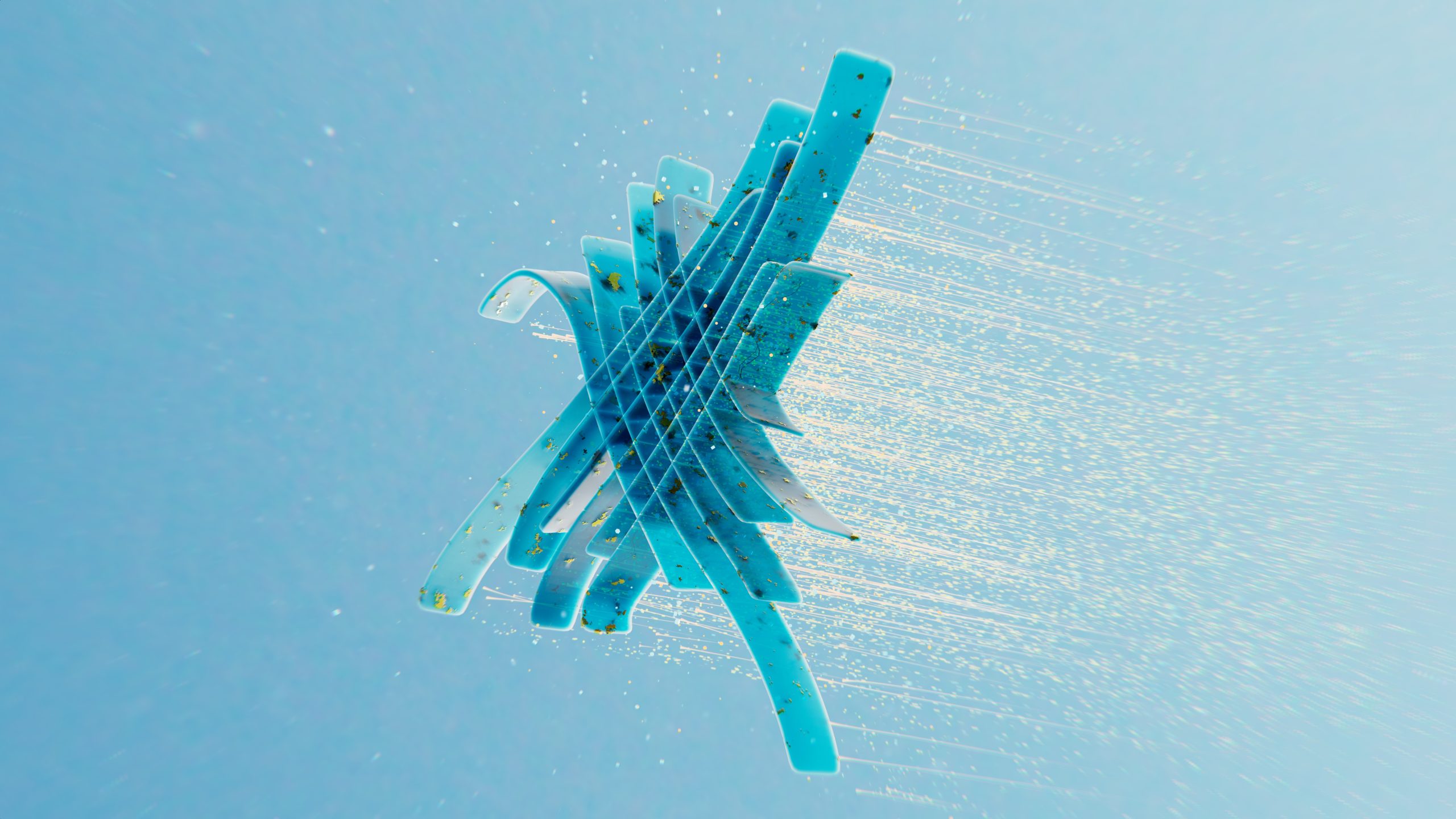
Practical applications of AI in image creation: Industry examples
One industry that has seen an increase in the use of AI for image creation is advertising. Companies are now using AI to create personalized ads that target specific audiences by analyzing their preferences and behaviors. The AI algorithms can analyze data on a large scale, allowing advertisers to quickly identify what works and what doesn’t. By doing this, they can create images that are more likely to resonate with their target audience and increase engagement.
Another industry where AI is being used extensively for image creation is gaming. Game developers use AI algorithms to generate landscapes, characters, and environments for their games. This allows them to create vast worlds without having to rely on human designers, saving time and resources. Additionally, some games use AI-generated images to improve gameplay mechanics or create dynamic in-game events that respond directly to player actions.
Finally, the fashion industry has also started using AI for image creation. Using computer vision technologies like StyleGAN2 or VQ-VAE2 models allows designers to generate new designs while taking into account different style constraints such as color palettes or fabric textures. With these tools at hand, fashion companies can quickly produce new collections without spending countless hours on manual design processes while gaining insights into customer behavior based on previous sales data analysis leveraging machine learning techniques such as clustering and prediction models with deep learning algorithms like LSTM networks or convolutional neural networks (CNNs).
Conclusion: The future of AI-powered visuals
In conclusion, the future of AI-powered visuals is both exciting and uncertain. As technology advances, we can expect to see even more innovative and creative uses of AI in image creation, including personalized content for marketing campaigns and social media. However, concerns about the potential misuse of AI and its ethical implications remain a challenge that needs to be addressed.
Despite these challenges, the potential benefits of using AI in visual content creation are significant. With increased efficiency and precision in creating high-quality images, businesses can save time and resources while delivering better customer experiences. Overall, it is safe to say that AI-powered visuals will continue to revolutionize the way we create and share images online.

